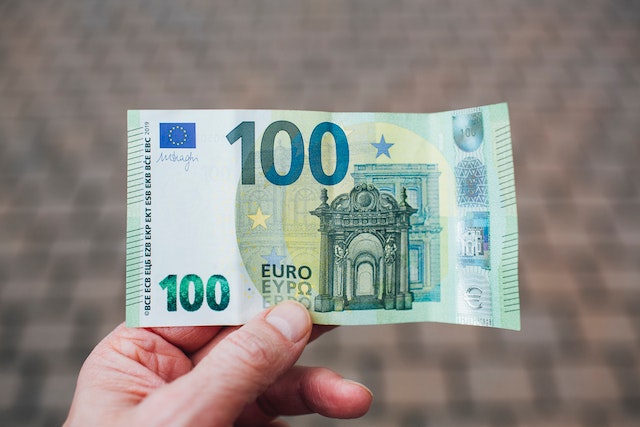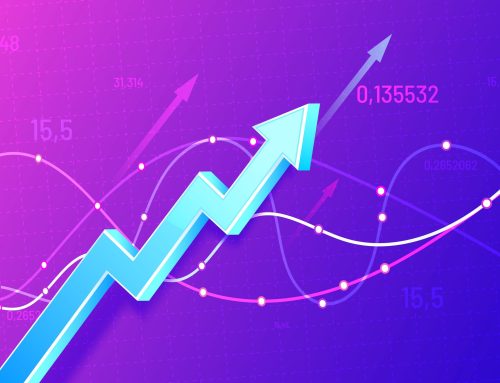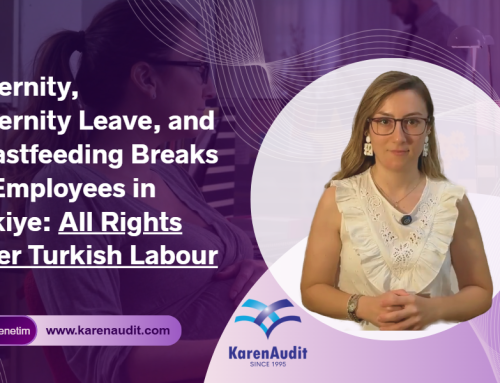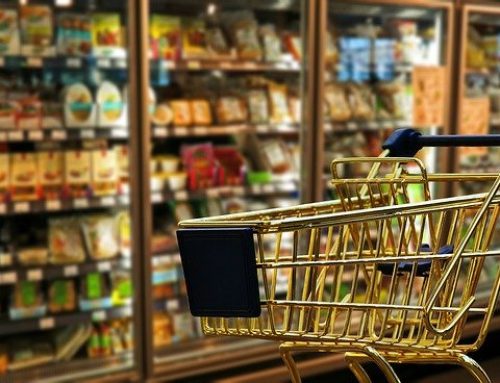Year-on-year headline inflation in the OECD, as measured by the Consumer Price Index (CPI), remained stable at 4.1% in August 2025 (Table 1 and Figure 3), having hovered around this rate since March. In August, it rose in 15 of the 38 OECD countries, declined in 13, and was stable or broadly stable in the remaining 10. Costa Rica fell further into deflation in August and inflation remained close to zero in Switzerland. Inflation was above 5.0% in Colombia and Estonia, and above 30% in Türkiye.
Year-on-year food inflation in the OECD rose to 5.0% in August, up from 4.5% in July, reaching its highest level since February 2024 and with marked increases recorded in Türkiye, Korea, and Colombia. In August, food price levels in the OECD were 45.8% higher than in December 2019, before the Covid pandemic, supply chain disruptions and start of the war in Ukraine (Figure 2). This marks the largest cumulative increase among the three main inflation components – core (inflation less food and energy), food, and energy. Prior to this period, it took around 16 years – from May 2003 to late 2019 – for food prices to increase by a similar magnitude. However, food price inflation varied significantly across countries between December 2019 and August 2025: the cumulative increase in food prices over this period was only 6.9% in Switzerland while it reached around 80% in Colombia and Hungary, and more than 790% in Türkiye. Energy inflation in the OECD also rose in August, reaching 0.7%, compared with 0.3% in July, while core inflation edged down slightly to 4.3%.
In the G7, year-on-year headline inflation remained broadly stable at 2.7% in August. It increased by 0.2 p.p. in Canada, Germany, and the United States. By contrast, it fell in Japan, reflecting a decline in food inflation and an even stronger decline in energy inflation. Core inflation remained the main contributor to headline inflation across the G7 except in Japan, where food and energy inflation combined had a larger impact (Figure 4).
In the euro area, year-on-year inflation, as measured by the Harmonised Index of Consumer Prices (HICP), remained stable in August, at 2.0% for the third consecutive month. Food inflation was stable at 3.2%, twice the rate seen in January 2025, while the decline in energy prices slowed. According to Eurostat’s flash estimate, in September 2025, year-on-year headline inflation in the euro area rose to 2.2% as the decline in energy prices slowed again while core inflation is estimated to have remained stable.
In the G20, year-on-year inflation remained broadly stable at 3.7% in August. Headline inflation fell in China, where it was negative at minus 0.4%. It also fell in Argentina (still above 30%) and South Africa, while it rose in India. It was broadly stable in Brazil, Indonesia, and Saudi Arabia.
Source: OECD
Legal Notice: The information in this article is intended for information purposes only. It is not intended for professional information purposes specific to a person or an institution. Every institution has different requirements because of its own circumstances even though they bear a resemblance to each other. Consequently, it is your interest to consult on an expert before taking a decision based on information stated in this article and putting into practice. Neither Karen Audit nor related person or institutions are not responsible for any damages or losses that might occur in consequence of the use of the information in this article by private or formal, real or legal person and institutions.






